Our Blog
The North Florida Bone & Joint Specialists blog provides the latest information on orthopaedic conditions, injuries and procedures. Search our articles below by keyword category as well as author.

The North Florida Bone & Joint Specialists blog provides the latest information on orthopaedic conditions, injuries and procedures. Search our articles below by keyword category as well as author.
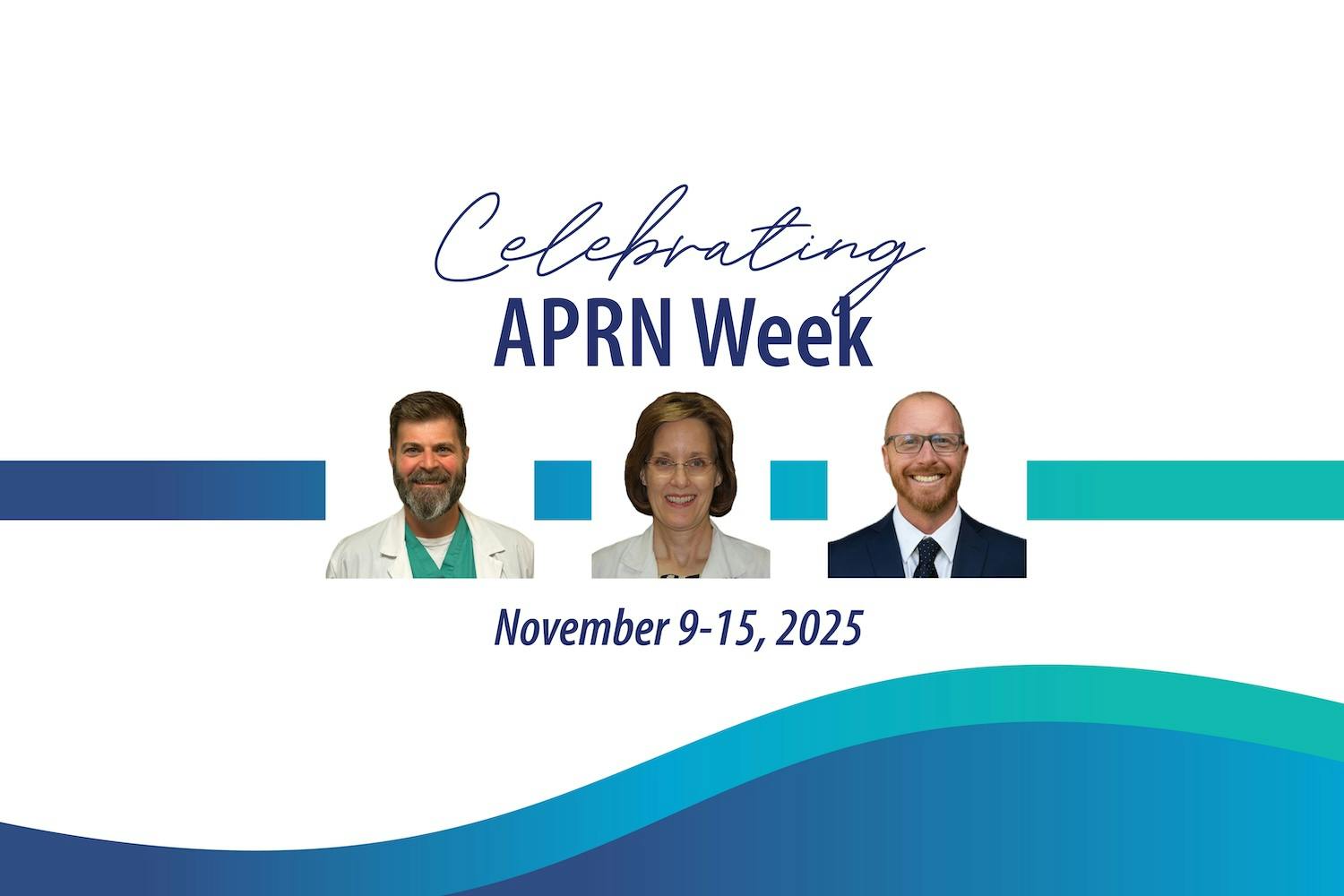
Advanced Practice Registered Nurses (APRNs) play an essential role in delivering high-quality, patient-centered care, both nationwide and here at North Florida Bone & Joint Specialists. With advanced training, extensive clinical experience, and a commitment to compassionate care, APRNs help ensure our patients receive timely access to treatment, seamless care coordination, and support at every stage of their orthopaedic journey.

As the holiday season approaches, many people reflect on what they hope to improve in the year ahead. For some, that means spending more time with family, traveling, or simply enjoying everyday activities without discomfort. However, for those living with chronic hip or knee pain, this can also be the perfect time to take the first steps toward lasting relief through joint replacement surgery.

September is Healthy Aging Month, an observance dedicated to promoting the positive aspects of growing older and encouraging proactive steps toward maintaining long-term health. In its 33rd year, Healthy Aging Month inspires adults of all ages to focus on lifestyle habits that support vitality, independence and overall well-being.

Musculoskeletal ultrasound imaging offers orthopaedic patients safe, painless, and real-time imaging, without any harmful ionizing radiation or the need for uncomfortable positioning. As the first sports medicine physician in the region to utilize ultrasound for diagnostic and therapeutic purposes, Dr. Josh Hackel’s commitment to innovation has improved the accessibility of care for his patients.

According to the American Academy of Orthopaedic Surgeons, approximately 2 million older Americans sustain fractures yearly due to weak bones. By 2025, that number is predicted to rise to 3 million fractures annually. At North Florida Bone & Joint Specialists, we recognize the importance of maintaining strong bones, particularly as you age. In honor of Healthy Aging Month, the following tips can help you maintain, and even improve, your bone strength:
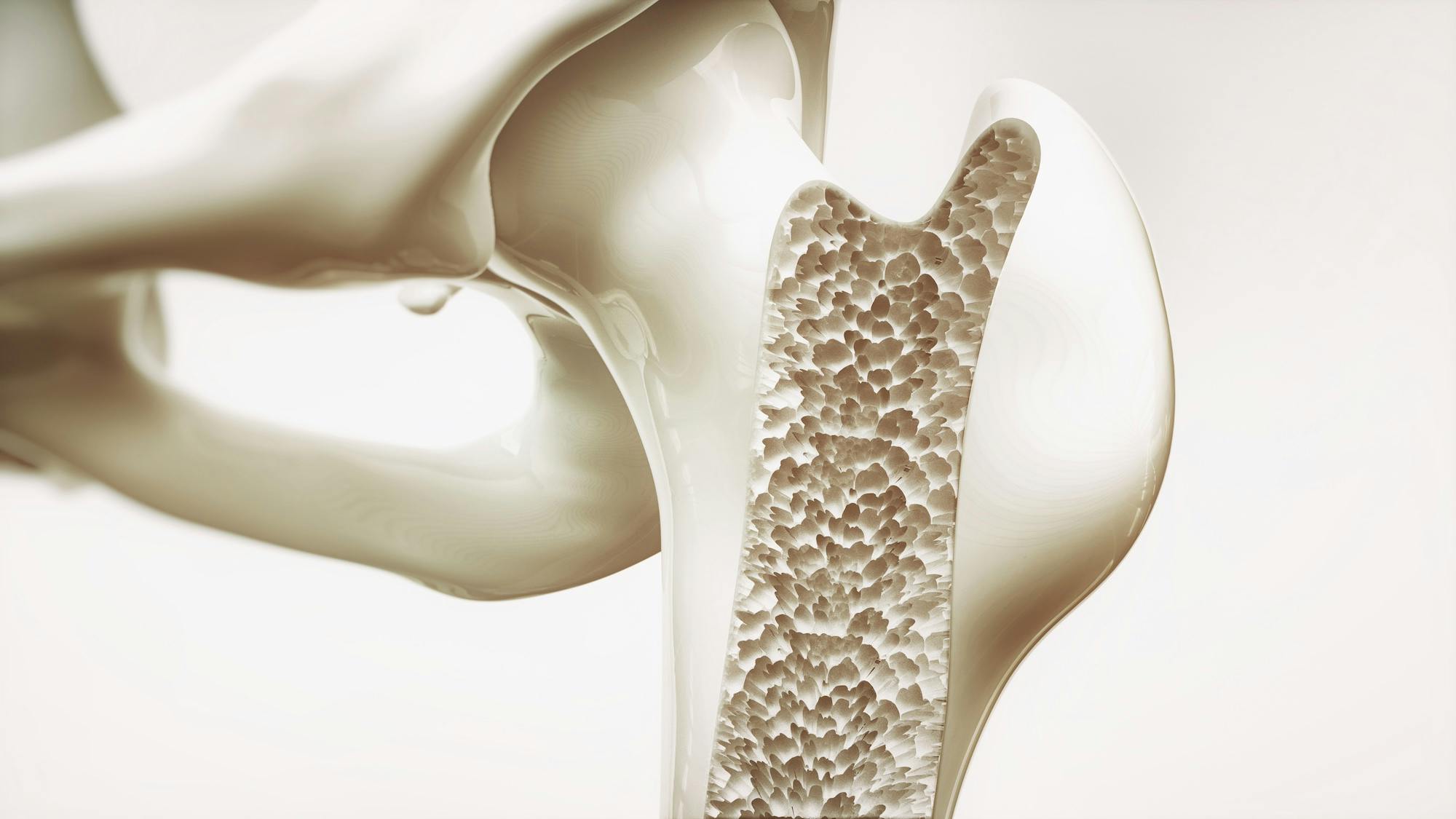
We see our share of broken bones as an orthopaedic and sports medicine practice. From the high school baseball player who collided with first base a little too hard to the avid DIY’er who took a tumble from an unsecured ladder and everything in between, we’ve seen it all. As we age, we also gradually lose bone mass, which occurs as small amounts of healthy bone are absorbed into your body as small amounts are replaced. When more bone is absorbed than is replaced, the density (bone mass) is reduced. Osteoporosis develops when the bone is no longer replaced as quickly as it is removed, and over time, it causes the bone to become progressively weaker, increasing the risk that it may break.

October is Medical Ultrasound Awareness Month, a time to highlight how this technology is reshaping sports medicine. At North Florida Bone & Joint Specialists, musculoskeletal ultrasound plays a vital role in the timely diagnosis and treatment of sports-related injuries, helping patients receive precise, efficient care without delay.
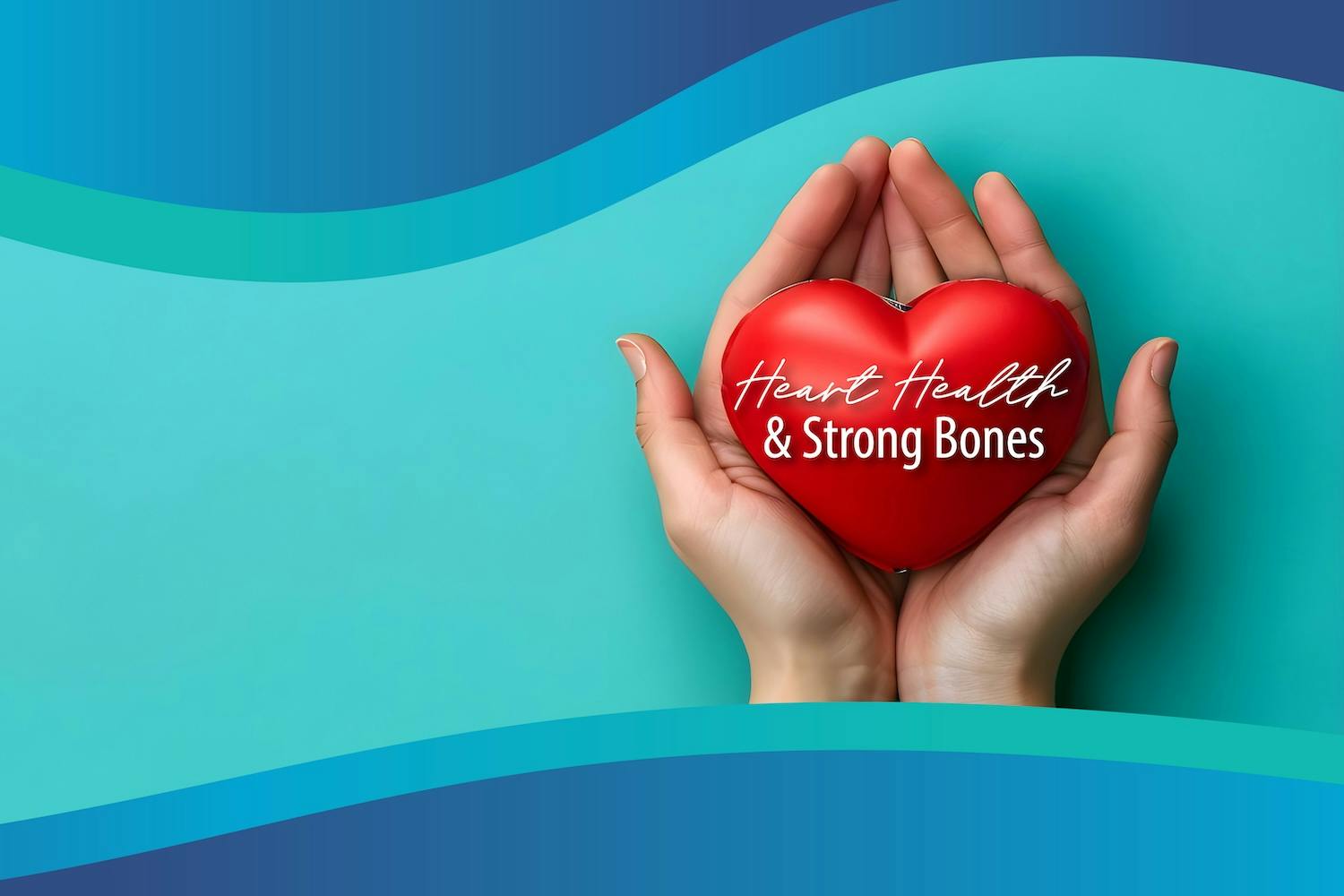
February is American Heart Month—a time to raise awareness about cardiovascular health and its far-reaching effects. While most people recognize the importance of heart health for longevity and disease prevention, fewer realize its critical role in musculoskeletal well-being. At North Florida Bone & Joint Specialists, we emphasize a comprehensive approach to orthopaedic care, recognizing that a strong heart supports strong bones and joints.

In recognition of World Spine Day on October 16, 2024, North Florida Bone & Joint Specialists (NFBJS) is highlighting the importance of spine health across all ages, from young athletes to older adults. Spine injuries are a common challenge that can affect anyone, whether due to the rigors of sports or the natural aging process. This year’s World Spine Day theme, “Support Your Spine,” reminds us of the importance of maintaining a healthy spine throughout life.

March is National Nutrition Month®, and as part of the conversation, the North Florida Bone & Joint team wants to emphasize the impact diet can have on your bone health. Before diving in, it's essential to understand the role the skeleton plays in your body. Specifically, the skeleton—and the bones its comprised of—serve the following functions:
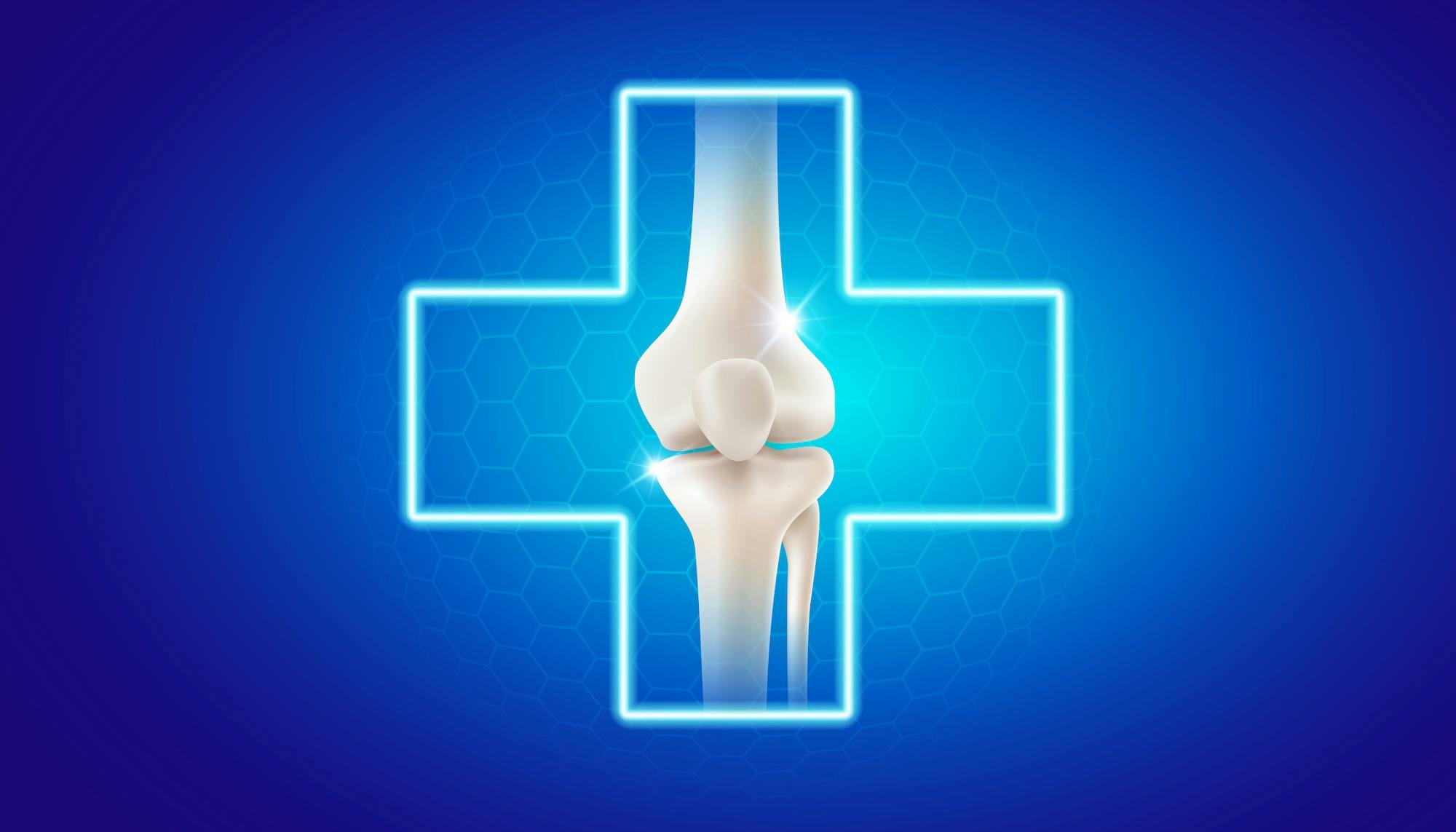
Valentine’s Day is all about love—so why not show your joints some love, too? Whether you’re an athlete, an active adult, or simply looking to maintain mobility as you age, taking care of your joints is essential for long-term health and well-being. At North Florida Bone & Joint Specialists, we believe that self-care isn’t just about relaxation—it’s about making intentional choices to keep your body strong, pain-free, and resilient. Here are four self-care tips to keep your joints healthy and moving with ease:

Each year, from October 6-12, we celebrate National Physician Assistant Week and recognize our incredible Physician Assistants (PA) at North Florida Bone & Joint. Without question, our PAs have dedicated themselves to delivering care on behalf of their patients, communities and the profession.
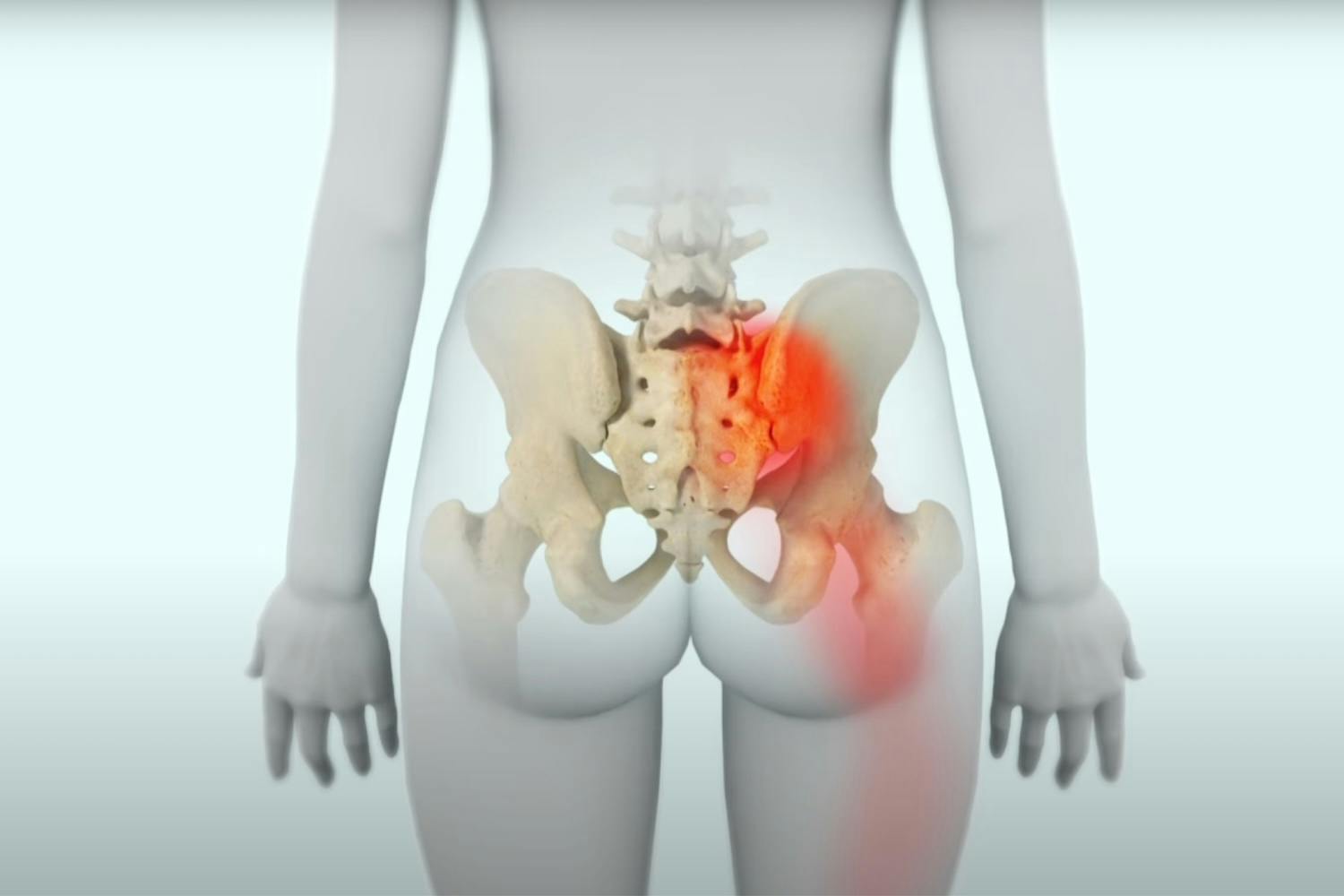
The sacroiliac joint (SI joint) is located in the pelvis; it links the iliac bones (pelvis) to the sacrum (lowest part of the spine above the tailbone). It is an essential component for energy transfer between the legs and the torso. Like any other joint in the body, the SI joint can be injured and/or undergo degeneration. When this happens, people can experience pain in their buttocks and sometimes in the lower back, hips, and legs, particularly while lifting, running, walking, or even lying on the affected side.

Each year, from October 6 to 12, we take the opportunity to celebrate National Physician Assistants Week and recognize this dedicated group of professionals who provide exceptional care to our patients at North Florida Bone & Joint Specialists. Each plays a transformative role in our practice as well as the communities we serve by delivering high-quality, collaborative care that prioritizes patients' needs.

Ischiofemoral Impingement (IFI) is a lesser-known but often painful condition affecting the hip joint. This condition arises when the ischium (a bone in the pelvis) and the femur (the thigh bone) come into abnormal contact, which compresses soft tissues surrounding the hip. While the discomfort typically manifests in the buttocks or groin, particularly when moving the hip or walking, it can also present as low back pain, making it challenging to diagnose early. Additional symptoms and causes include discomfort during prolonged sitting, reduced range of motion, stiffness and/or tightness in the hip area.

As we shared earlier this year, with our expanding clinical office footprint into Milton and Navarre, FL, North Florida Bone & Joint Specialists is focused on delivering the most accessible, expert orthopaedic and sports medicine care along the Gulf Coast. As part of that continued commitment, we’re pleased to announce the opening of our new office located at 85 Baybridge Drive in Gulf Breeze.